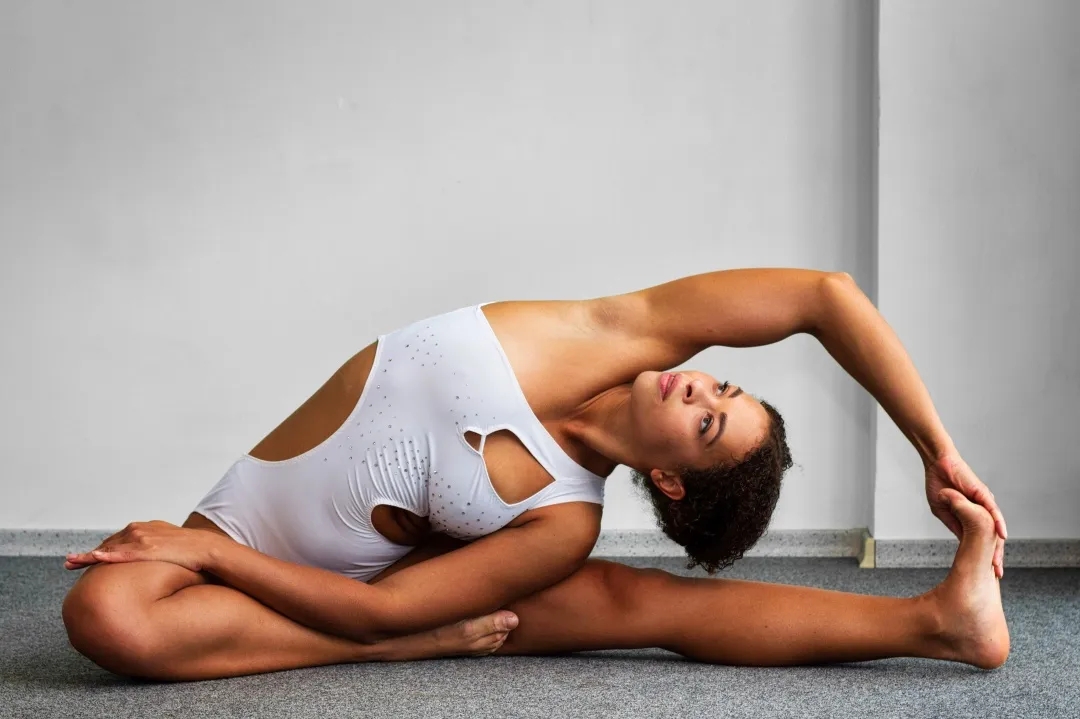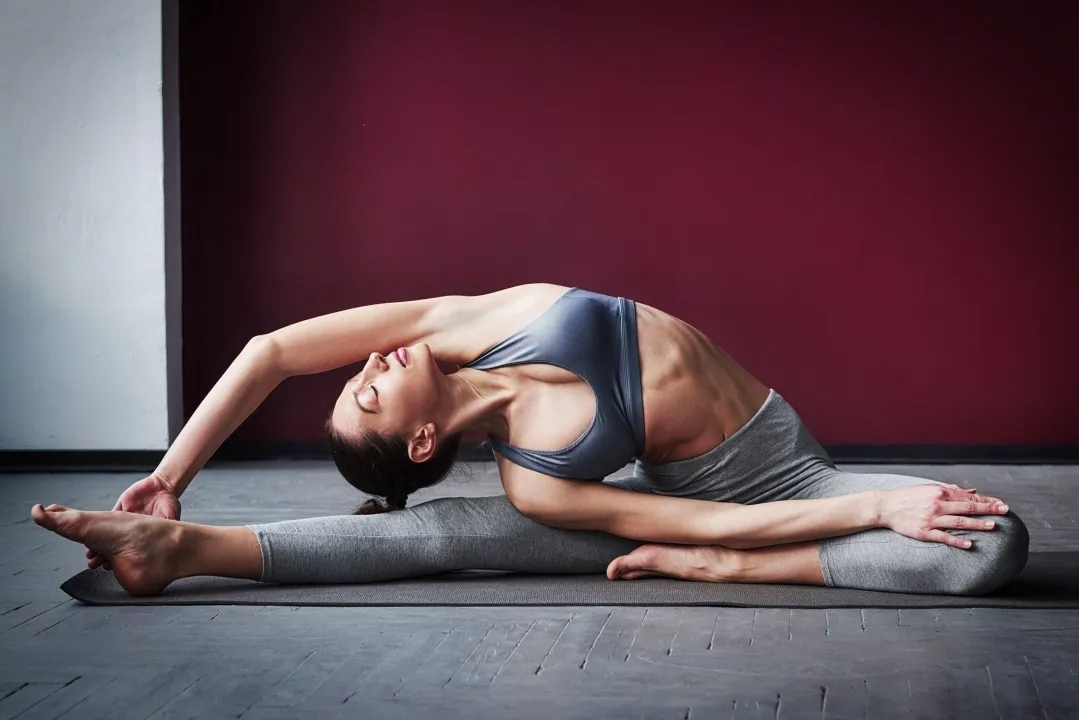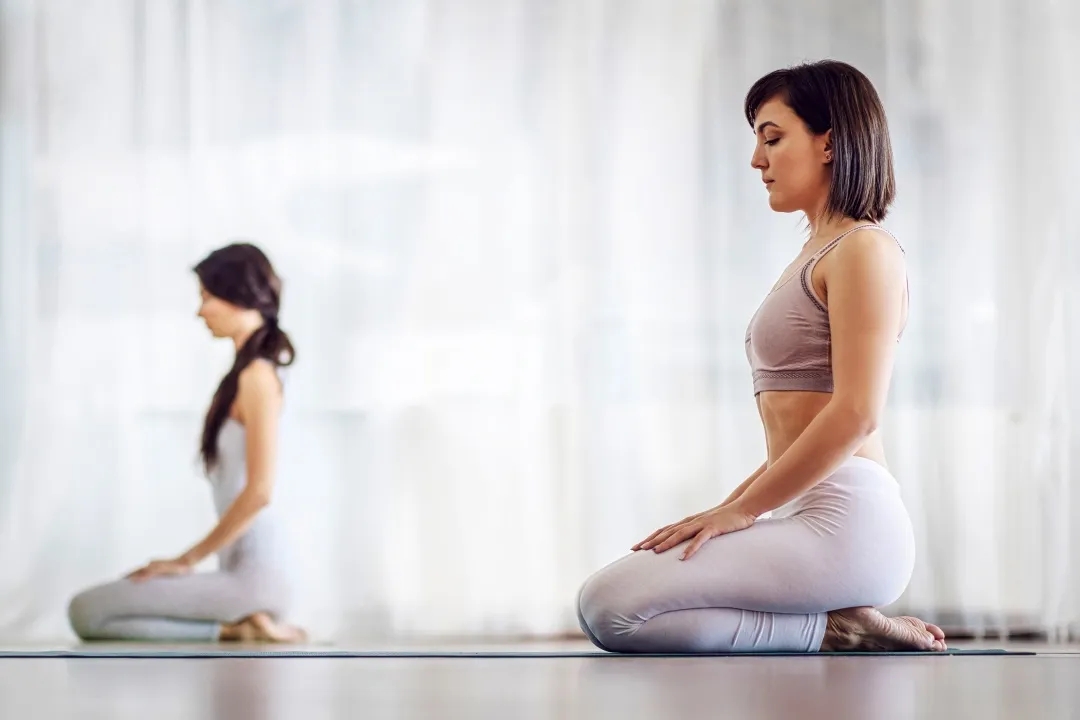We’ve all felt our eyes wandering in the room when we were distracted or unable to focus during yoga sessions. It is not harmful for your eyes and attention to wander. However, it will not help you to increase your mental focus or concentration. According to yoga, an unfocused gaze is directly related to an unfocused mind. Yoga uses a focal point or drishti to help you focus on something else. This helps combat the addiction and stimulation of the eyes. By focusing your attention on a single point, you can achieve a state of deep concentration, improve your alignment, increase your awareness and transform your asana into a powerful moving meditation.
What is a Drishti?
A point on which to focus your inner vision or lock your eyes is most often used during meditation and while in a yoga pose. This is the Sanskrit term drishti. Ancient yogis found that our gaze naturally follows where our eyes are pointed. The quality of the gaze is directly related to the quality our thoughts.
There is a difference between two types of focal points. The bahya-drishti, is an external gaze point used for externally-oriented yoga. Antara Drishti, an internal gaze point used for contemplative and meditation practices that encourage pratyahara.
What is the purpose of a drishti?
When the gaze is fixed on one point, the mind becomes less stimulated by external stimuli. When the gaze is focused on a specific point in the body, the mind remains unaffected by external stimuli. The use of a Drishti helps the mind focus and enter a state of deep concentration. The constant application of the drishti will develop Dharana and Ekagraha essential yogic methods used to calm the mind and begin states of meditation.
A focal point can be used to refine the alignment and movement of an asana. It can be used to direct the movement of the asana and allow the rest of the body behind.




